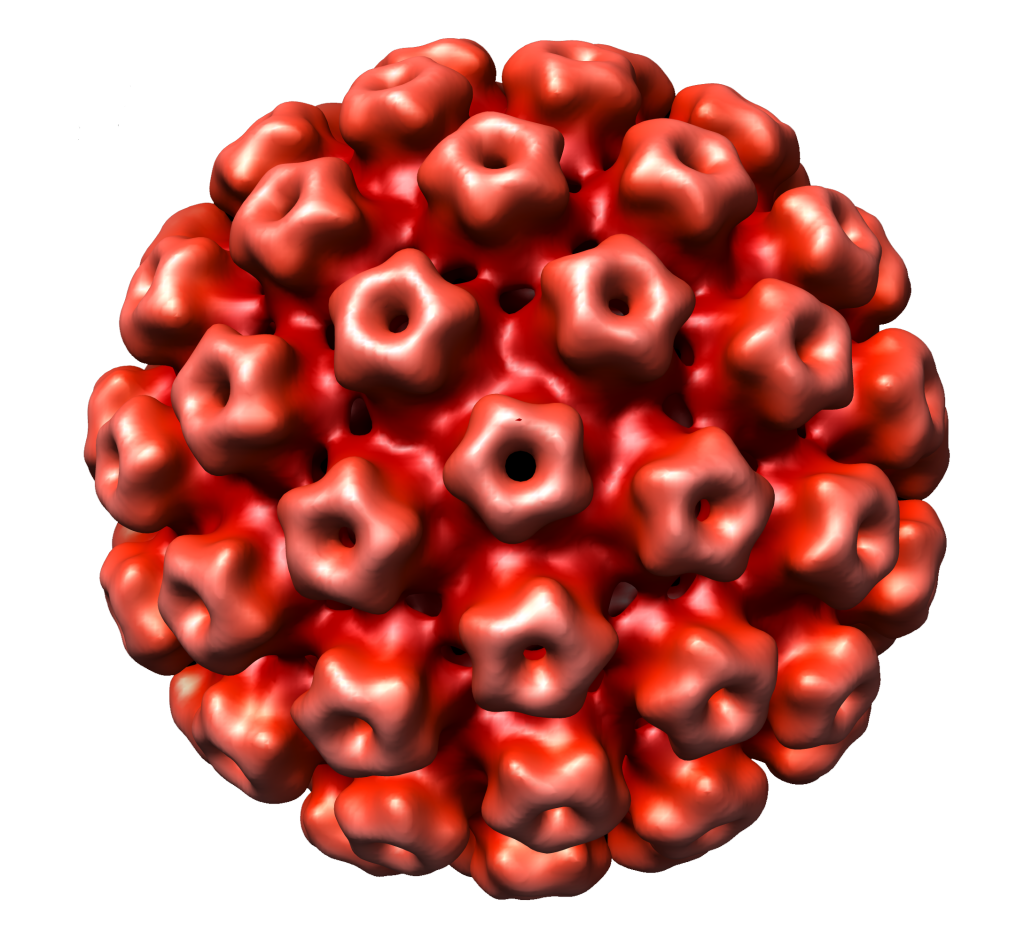
HPV is the most common sexually transmitted infection in men and women who have an active sex life, 25% of sexually active people are infected with genital HPV, 50% will be infected at least once throughout their lives.
Classified in the Papillomaviridae family, it contains 29 genera and 5 belong to the human papilloma. There are more than 200 genotypes described, each classified according to its level of impact on human health as high risk and least risky.
High risk 16, 18, 31, 33, 35, 39, 45, 51, 52, 56, 58, 59, 66 and 68., presenting malignant transformation of cells in the cervix, vagina, vulva, anus, penis, mouth and throat.
Lower risk: 6, 11, 26, 30, 32, 34, 40, 42, 43, 44, 53, 54, 55, 57, 61, 62, 64, 67, 69, 70, 71, 72, 73, 81 , 82, 83, 84, 85, 86, 89 and 90, showing symptoms such as genital warts and respiratory papillomatosis.

According to different investigations, the high-risk human papilloma virus is associated with male infertility, correlating with seminal quality and sperm DNA damage.
HPV is commonly present in semen samples, reporting 16% in infertile populations and 10% in men in the general population. Mainly affecting the motility of the sperm, its viscosity, the pH and the number of leukocytes in addition to the fragmentation of the sperm DNA.
Its correlation is still being studied, however, in various investigations it has been found in altered semen samples infected with HPV.
At IREGA Acapulco we have all the and advanced studies for the diagnosis of male infertility. As is the case of PCR for HPV, which is a study where it detects if there is HPV infection and its serotype, knowing in turn if it is high or low risk.
